Reportar esta entrada
Más sobre la misma comunidad-colección
Vecindarios y recuerdos compartidos: Sunset Heights
By the early 1900s, many well-heeled El Pasoans had settled in ...
Vecindarios y recuerdos compartidos: Sunset Heights
At the turn of the 19th to 20th century, the neighborhood began ...
Vecindarios y recuerdos compartidos: Sunset Heights
At the turn of the 19th to 20th century, the neighborhood began ...
Vecindarios y recuerdos compartidos: Sunset Heights
Built by Trost & Trost in 1905, the Williams residence at 323 W. ...
Vecindarios y recuerdos compartidos: Sunset Heights
By the early 1900s, many well-heeled El Pasoans had settled in ...
Vecindarios y recuerdos compartidos: Sunset Heights
At the turn of the 19th to 20th century, the neighborhood began ...
Artist Candie Printz leads a workshop
Artist Candie Printz leads a workshop funded through MCAD"s ...
El Paso Youth Symphony Orchestra 2015
The last concert of the season for El Paso Youth Symphony ...
Navidad en la Plaza de San Jacinto durante Covid
This year was a different type of Christmas where pictures were ...

















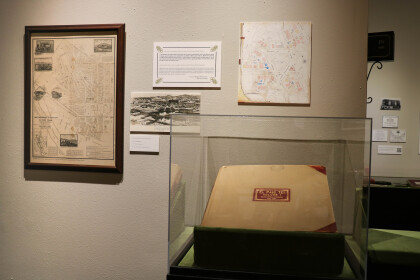

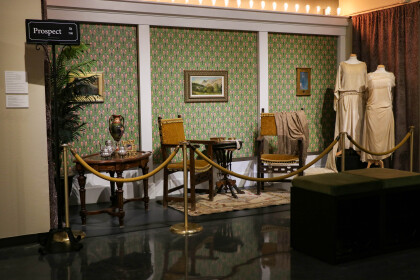
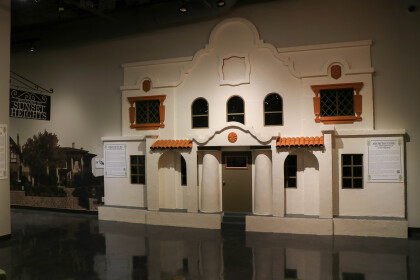
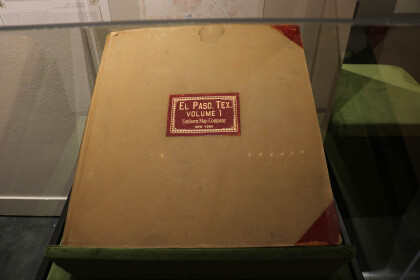
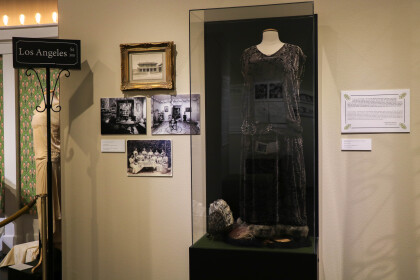



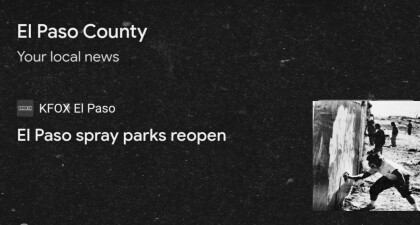

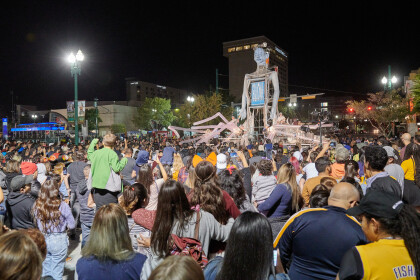
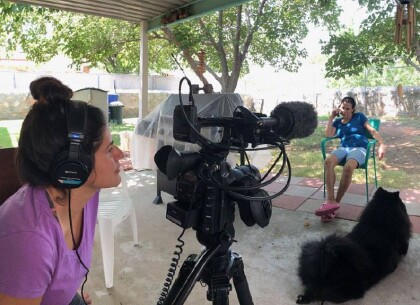

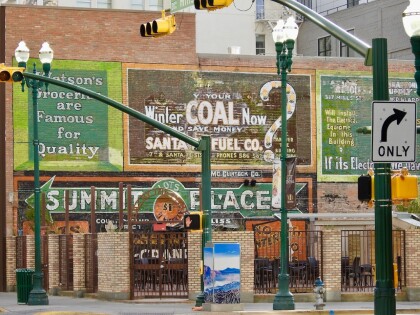


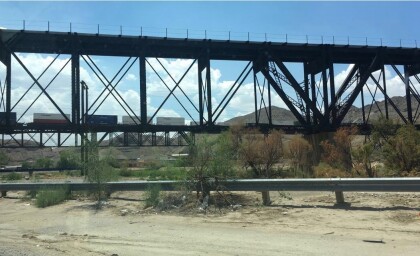
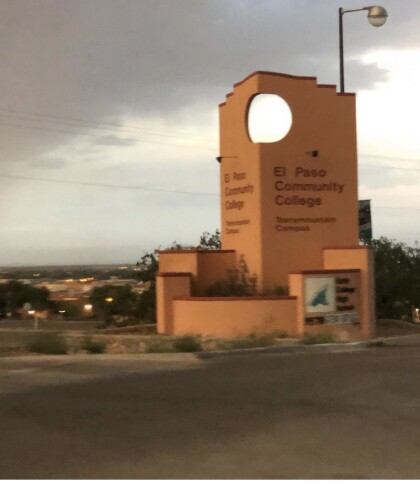
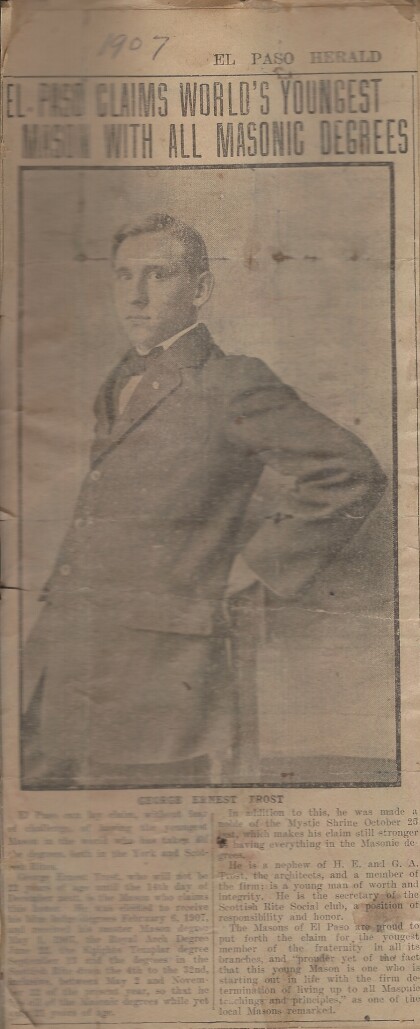

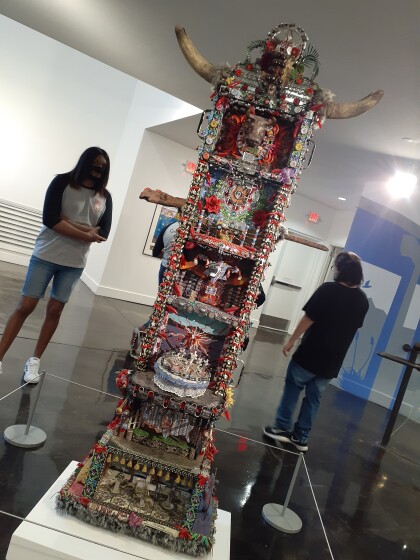
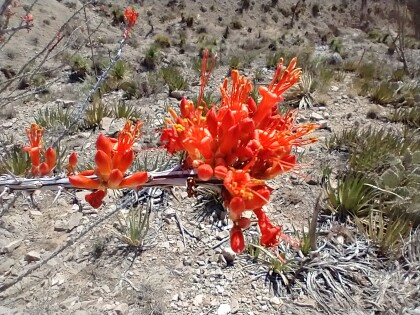
Comentarios
Hacer un comentario